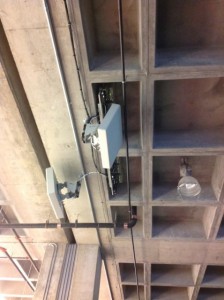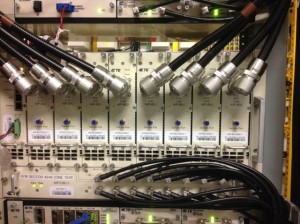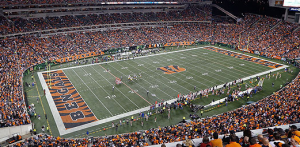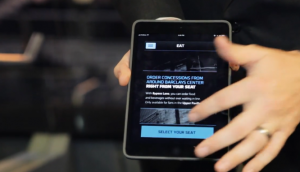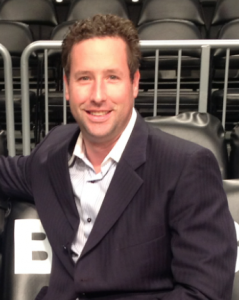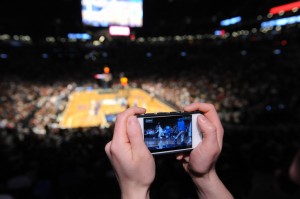It’s a little bit industry insider baseball but in the world of DAS big deals like this don’t come along that often. Yes we’re talking about the deal that went down Wednesday, with communications infrastructure supplier CommScope acquiring the telecom, enterprise and wireless businesses of former rival TE Connectivity for $3 billion.
 There’s more to the businesses of both CommScope and TE Connectivity than DAS, but if you read MSR you know TE and CommScope as major players in the DAS infrastructure and gear business. In fact, for the last two big stories on our pages — the upcoming Super Bowl and the College Football Playoff championship game — TE Connectivity and CommScope were the gear providers behind the scene, with TE gear being used at the University of Phoenix DAS and CommScope at the core of the AT&T Stadium DAS.
There’s more to the businesses of both CommScope and TE Connectivity than DAS, but if you read MSR you know TE and CommScope as major players in the DAS infrastructure and gear business. In fact, for the last two big stories on our pages — the upcoming Super Bowl and the College Football Playoff championship game — TE Connectivity and CommScope were the gear providers behind the scene, with TE gear being used at the University of Phoenix DAS and CommScope at the core of the AT&T Stadium DAS.
We asked Rick Aspan, vice president for corporate communications at CommScope, to provide some quick details on a deal we’re sure to talk more about in the future. For now here’s a quick email Q and A which focuses on the DAS side of the deal:
Mobile Sports Report: What percentage of the deal has to do with DAS? Was DAS a big/small/medium part of the reason?
Rick Aspan: The Wireless business of TE Connectivity, which is almost entirely their DAS business, was $164 million in sales for the year ending September 2014. The other two businesses we’re acquiring were Enterprise ($627 million) and Telecom ($1.1 billion). So the DAS/wireless business is by far the smallest piece. That said, we’re excited about adding all three to our existing business. We feel they all are very complementary and will contribute to our growth and ability to serve customers.
Mobile Sports Report: What specifically was a fit? Talent, technology or customers?
Rick Aspan: All of the above. TE Connectivity has a strong engineering culture and a record of innovation. Post-acquisition, we will add approximately 7,000 patents and patent applications from them, giving us nearly 10,000 overall. And those TE businesses have some great customer relationships with key industry players that will help strengthen CommScope’s position across multiple markets, including DAS.
Mobile Sports Report: How much does CommScope see the overall DAS market growing, and how will this help?
Rick Aspan: DAS remains one of our fastest growing businesses, reflecting the accelerated drive from operators and building owners/managers to add capacity and coverage indoors and within large venues. We can’t provide specifics yet on the TE DAS business and how it will help, but we feel it’s a great complement to our existing market position in DAS.
